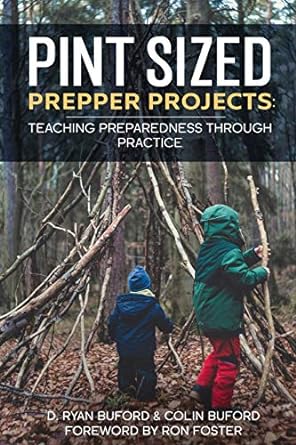Shelter
Hypothermia is the #1 killer in extreme weather.
Shelter is first in the Sacred Order because the most common cause of death in a survival situation is hypothermia
Hypothermia occurs when your body temperature suddenly and profoundly cools to below 96 degrees F or 35.5 degrees C.
Shivering is a sign that your body is cooling off. Your survival depends upon your ability to warm up.
Many people have died in extreme weather conditions when just a little knowledge on how to build a simple survival shelter would have saved them. Unexpected things can happen - lost hunters, downed aircraft, hikers caught out at night when they underestimated the time it takes to get from point A to point B. Perhaps someone has been injured and you are faced with going for help, leaving them alone in the dangerous elements with little chance of survival in the open.
When making any sort of survival shelter be sure of the following pointers:
Clothing
In addition clothing is a form of shelter that should not be taken for granted. Layered clothing, especially if it isn't cotton is paramount. Cotton is very absorbent. And retains water from perspiration, or an unexpected dosing in a lake or river. Wool, if you can wear it is the best. It stays warm dry or wet. Buckskin and other animal hides are the first form of extreme weather gear. Being able to utilize the hide of a harvest animal is both a rewarding and very useful skill.
- Primarily, the purpose of a shelter is protection from the elements. In the case of a Winter shelter be sure it is away from wind and precipitation.
- Watch out for natural hazards, like avalanches, snow covered dead tree branches, rock formations that could collapse
- Area for shelter should be relative dry and well-drained. Keep away from valleys, washes, troughs, and depressions. At least 50yrds from water your source.
- Southern exposure, find the edge of a clearing with a southern exposure where the sun provides the longest- lasting heat and light
- Entryway should face East or Southeast to catch the warming rays of the sun
- Safely away from fires or areas with dry grasses, flammable fir boughs, peat bogs and the like. Your fire source should be safely away so that sparks and coals are least hazardous.
- Avoid plant and animal hazards. Like not in the middle of a poison ivy patch or on a nest of ground-dwelling yellow-jackets.
- Build close to an abundance of materials. Pick an area with plenty of resources
- Comfort, be sure you are not laying down on a large rock or lumpy tree root. Comfort and mental well-being is an enormous asset in a survival situation.







